According to historical records, on the islands in the middle of the East Sea, including the Truong Sa archipelago (Khanh Hoa province), there have existed shrines with the religious characteristics of the Vietnamese people since ancient times. This was also noted by the first people who took over the islands after the liberation on April 29, 1975.
Major General Nguyen Van Ninh (born in 1930), former Deputy Director of the Operations Department, General Staff, said: “When we took over and went to some islands such as Song Tu Tay, Nam Yet... and later Truong Sa, the greatest feeling was seeing sovereignty markers on every island, then hermitages, and later pagodas. My heart was filled with pride and admiration because even though it was in the middle of this vast ocean, our ancestors had come to live there a long time ago.”
Over the years, the Party, the State and the Vietnam Buddhist Sangha have always focused on taking care of the spiritual and cultural life of cadres, soldiers and people of Truong Sa. The construction and restoration of pagodas here have met the aspirations of the soldiers and people on the island. Thanks to the contributions of Buddhists, people and mass organizations nationwide, Truong Sa archipelago now has 9 large, beautiful and majestic pagodas, all facing the capital Hanoi.
On the islands of Sinh Ton Dong, Song Tu Tay, Nam Yet, Son Ca, Sinh Ton, Da Tay A, Phan Vinh, Truong Sa Dong, Truong Sa, there are pagodas with red tiles standing out in the middle of the blue ocean. All 9 pagodas have been restored and renovated with pure Vietnamese architectural landscapes, the works are in harmony with the green trees. Despite the limited land fund, each pagoda has a three-door gate, a pagoda yard, a bell tower, a main hall connected at right angles to the front hall, a sloping roof, tiled roof and curved at the top of the roof. The pagoda names, horizontal lacquered boards, large characters, and parallel sentences all use Vietnamese characters. Incense burners and worshiping objects at pagodas on Truong Sa archipelago are all printed with the Vietnamese national emblem. The two words "Compassion" - "Hung Luc" at the three-door gate represent the spirit of independence, self-reliance, protecting the country, and accompanying the nation of Vietnamese Buddhism.
Amidst the blue of the ocean, the sky and the canopy of the banyan trees, Sinh Ton Pagoda is peacefully located next to a residential area and a school filled with the sounds of children. Sinh Ton Pagoda is perhaps the space that gathers the most unique features. The pagoda worships the memorial tablets of 64 martyrs who died on Gac Ma Island in the tragic battle on March 14, 1988. In the pagoda yard, there is also a stele house dedicated to the steadfast and indomitable children of Vietnam who have formed an immortal circle. The statue of Amitabha Buddha sits on a rockery in the pagoda yard.
 |
Currently, Truong Sa island district has 9 pagodas. |
In the main hall of Truong Sa Pagoda, there is a calligraphy piece written in Vietnamese, in cursive style, with a poem titled “Go”: “Go for the sea and island borders/Go, ride the waves across the ocean/Go for the existence of peace/Go, step by step, to strengthen the country”.
Venerable Thich Chuc Thanh, abbot of Sinh Ton Dong pagoda, although only in his 30s, has been doing Buddhist work on the island for many years, and he has the mindset of a soldier on his homeland's islands and wishes to continue to be attached to this place. Venerable Thich Chuc Thanh said: “The pagoda is not only a place to worship Buddha, but also a bright light in the middle of the ocean, a spiritual support for soldiers and fishermen on the outpost island. We preserve not only our faith but also our love for the ocean, for our homeland and country. Under the roof of this pagoda, although far from the mainland, people's hearts are always warm and peaceful, and we wish to give more strength to the cadres, soldiers and people on the island.”
The three-door gate of Sinh Ton Dong pagoda stands majestic with a pair of antithetical sentences expressing the spirit of Vietnamese sovereignty: "Virtue is comparable to the universe, the Southern sky is bright and alone/Power covers the universe, shining brightly on the Vietnamese land for all people" and "The sea and islands together vow to wholeheartedly preserve the homeland/The mountains and rivers seem to have an appointment, holding hands and determined to fulfill our pure hearts".
Although we know that life on an island in the middle of the ocean has equipped soldiers and people with strong will and ideology. However, deep in the spiritual life of each person, sometimes we also need a temple. When we hear that a loved one has passed away and we cannot return to the mainland to mourn, we will probably go to the temple with the monks to pray for their safety. The child was born on the mainland with only the mother in labor, while the father on the remote island also went to the temple to pray for peace.
Source: https://baophapluat.vn/nhung-ngoi-chua-tren-quan-dao-truong-sa-post543362.html



![[Photo] Prime Minister Pham Minh Chinh chairs the Government's special meeting on law-making in April](https://vstatic.vietnam.vn/vietnam/resource/IMAGE/2025/4/13/8b2071d47adc4c22ac3a9534d12ddc17)

![[Photo] National Assembly Chairman Tran Thanh Man attends the ceremony to celebrate the 1015th anniversary of King Ly Thai To's coronation](https://vstatic.vietnam.vn/vietnam/resource/IMAGE/2025/4/13/6d642c7b8ab34ccc8c769a9ebc02346b)
![[Photo] National Assembly Chairman Tran Thanh Man attends the Policy Forum on Science, Technology, Innovation and Digital Transformation](https://vstatic.vietnam.vn/vietnam/resource/IMAGE/2025/4/13/c0aec4d2b3ee45adb4c2a769796be1fd)
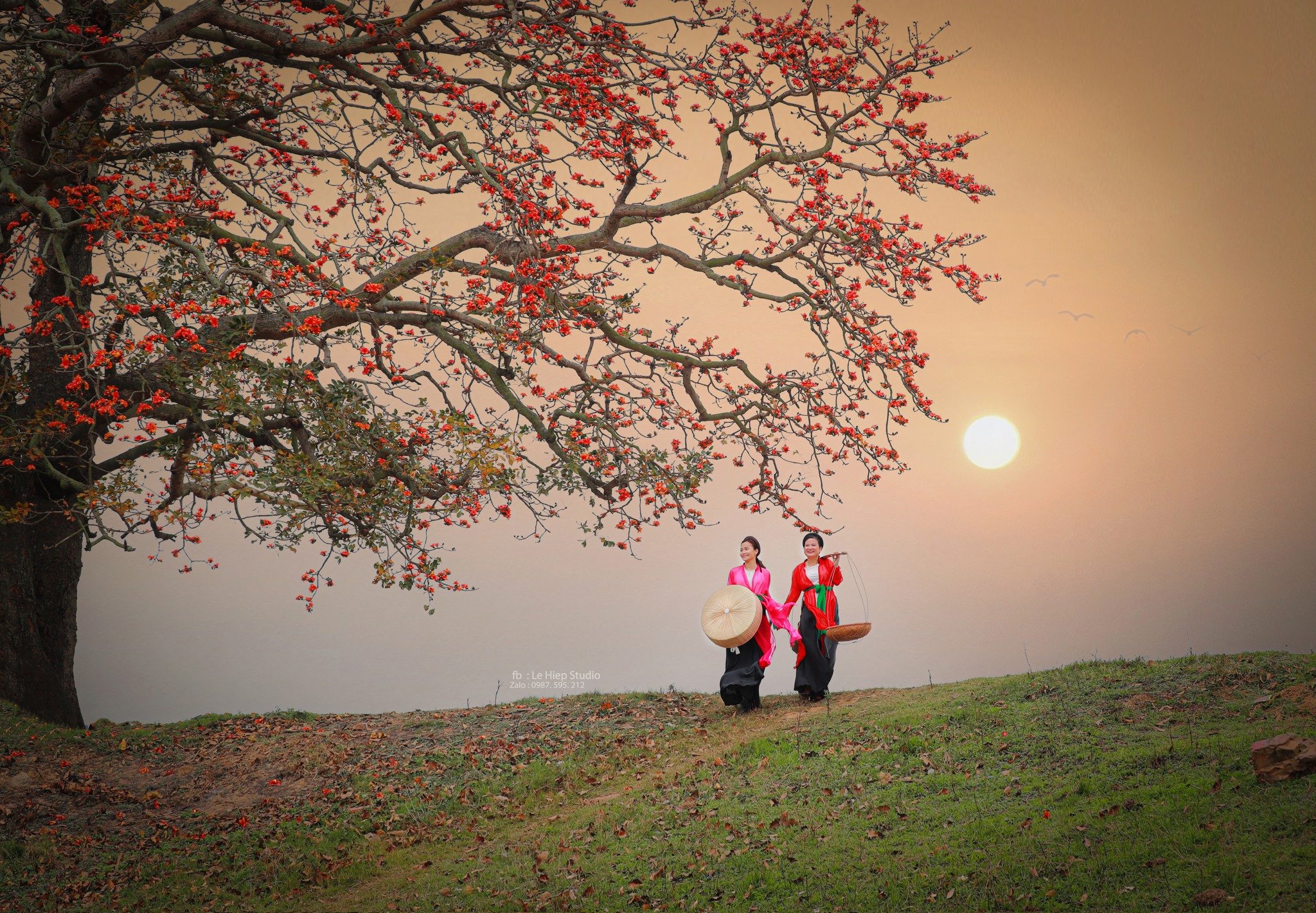
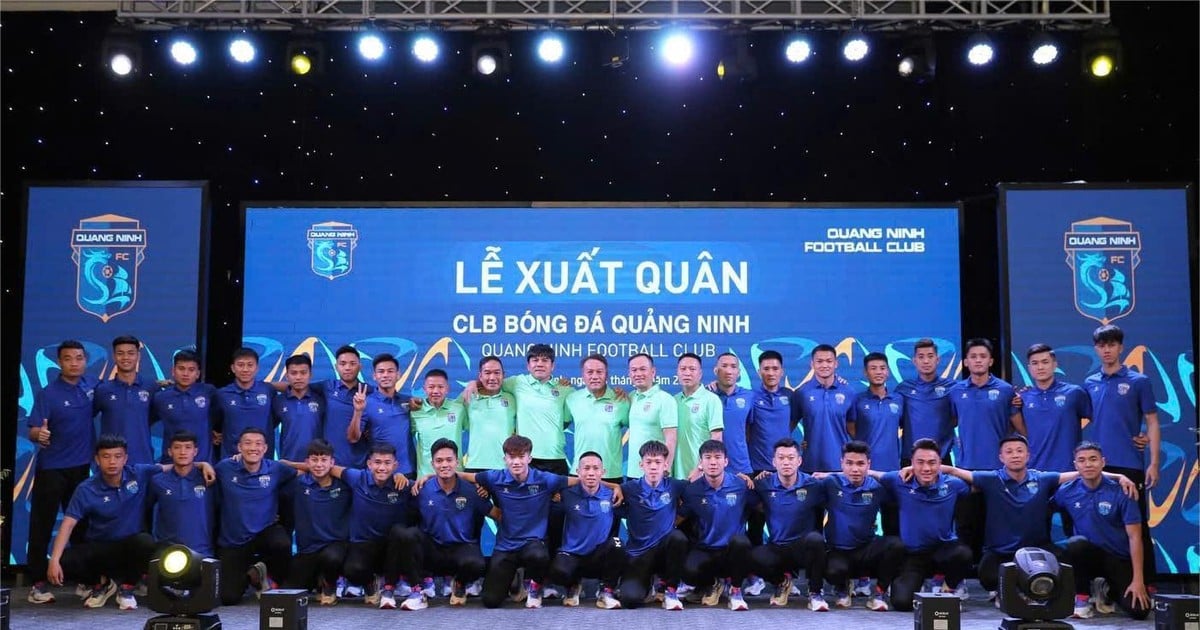
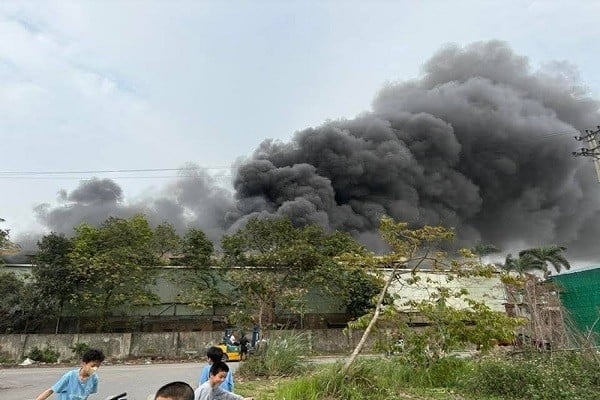
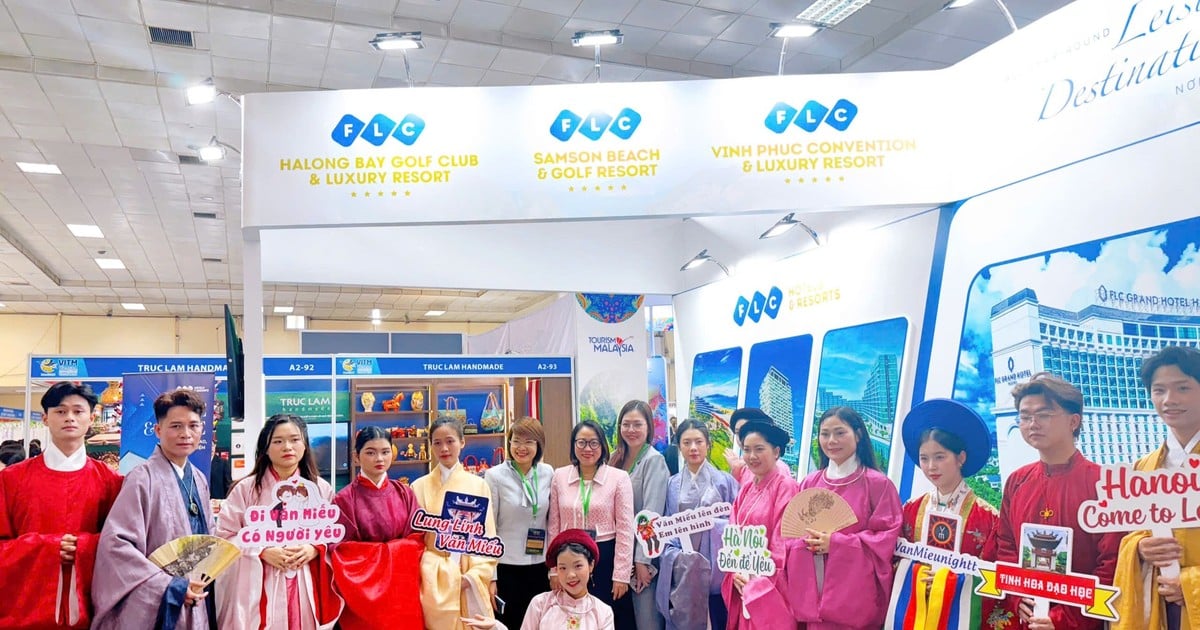
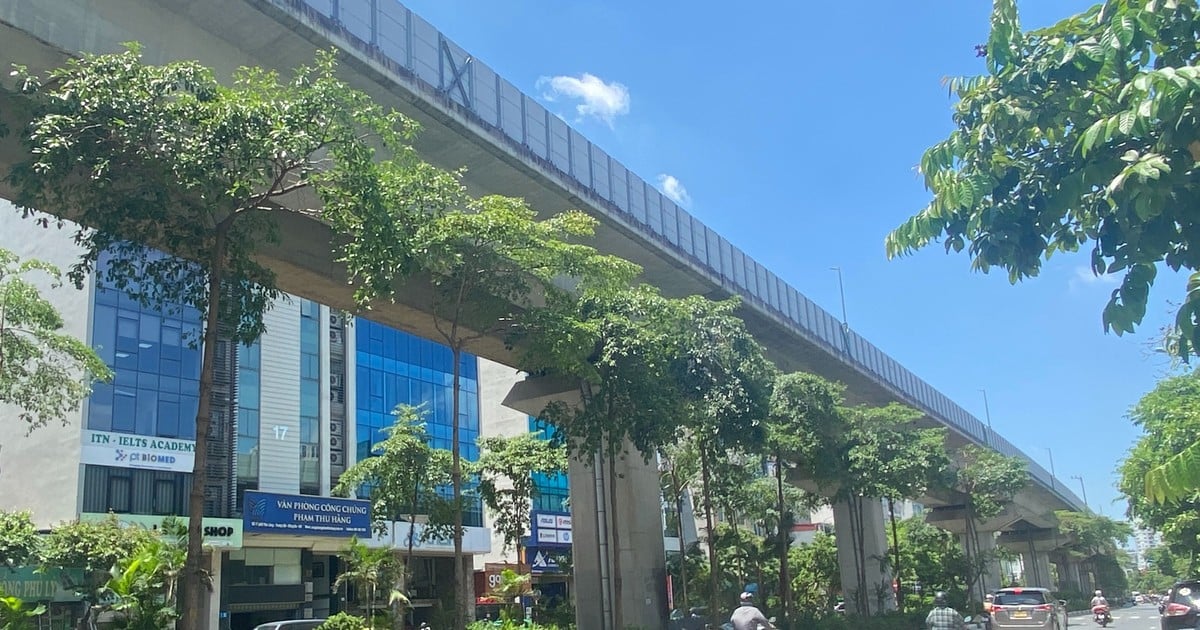
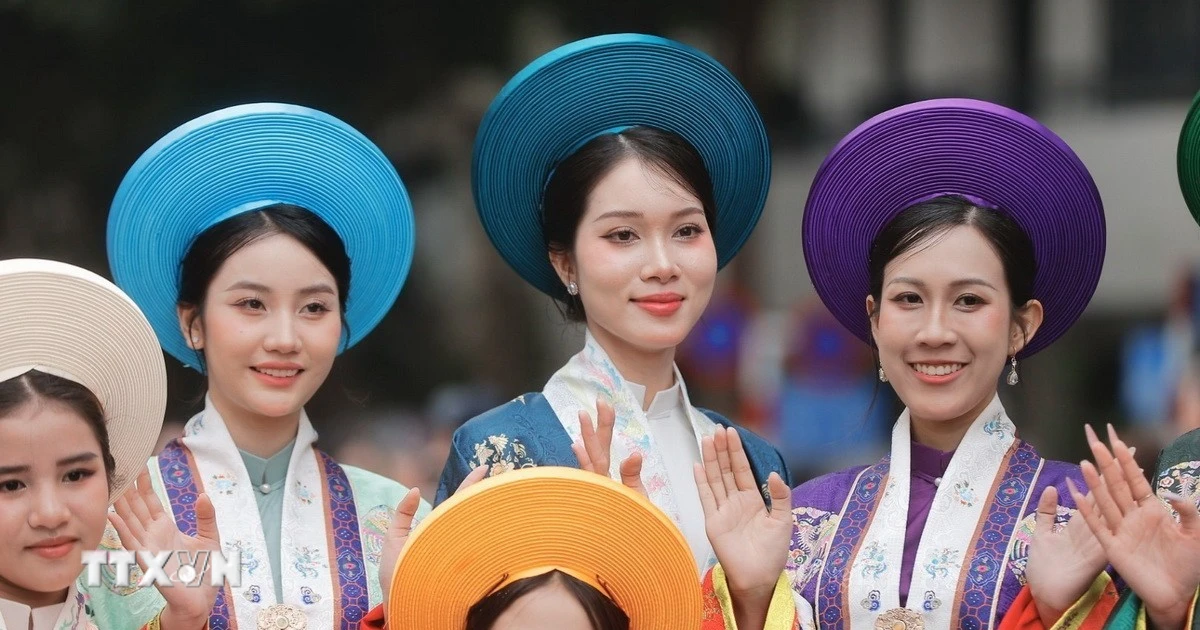
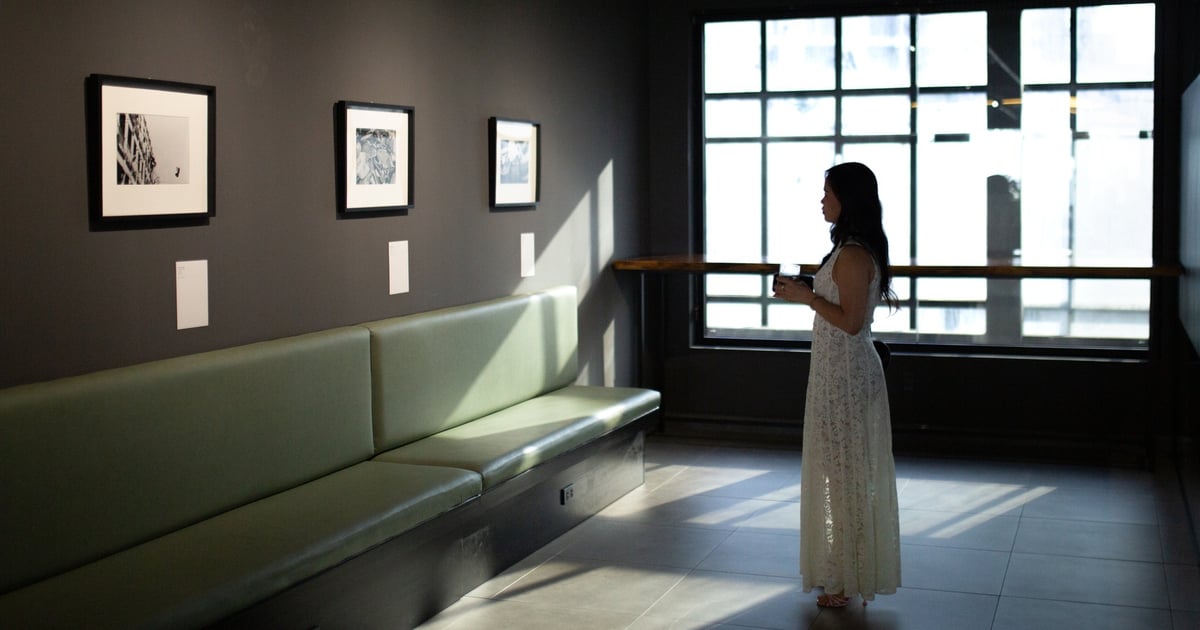





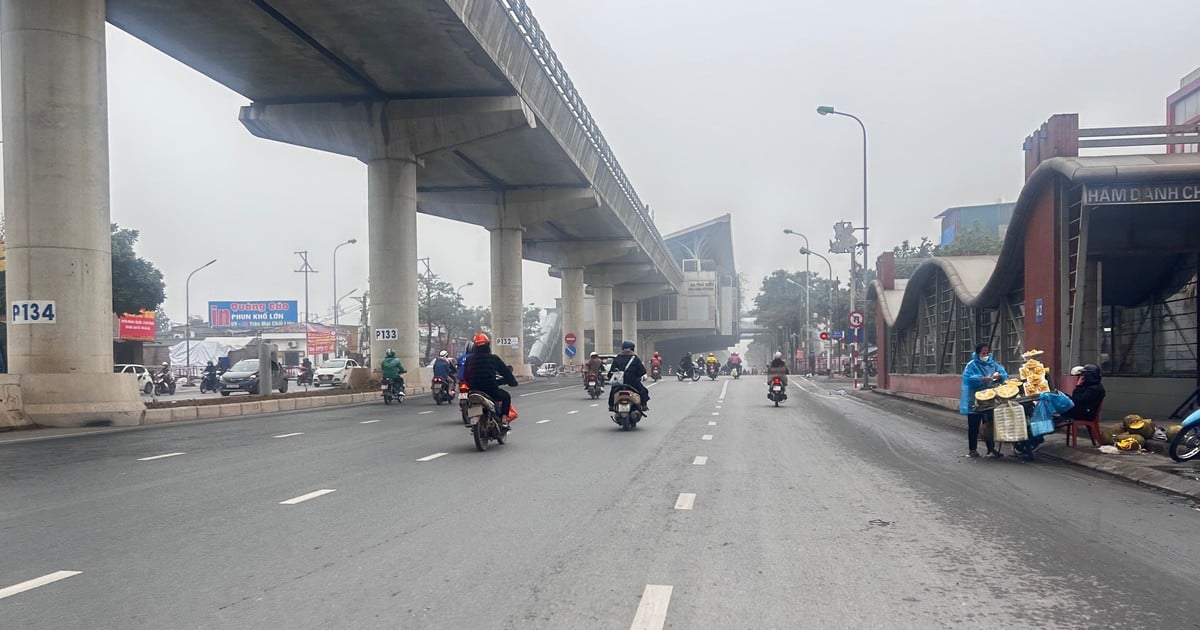
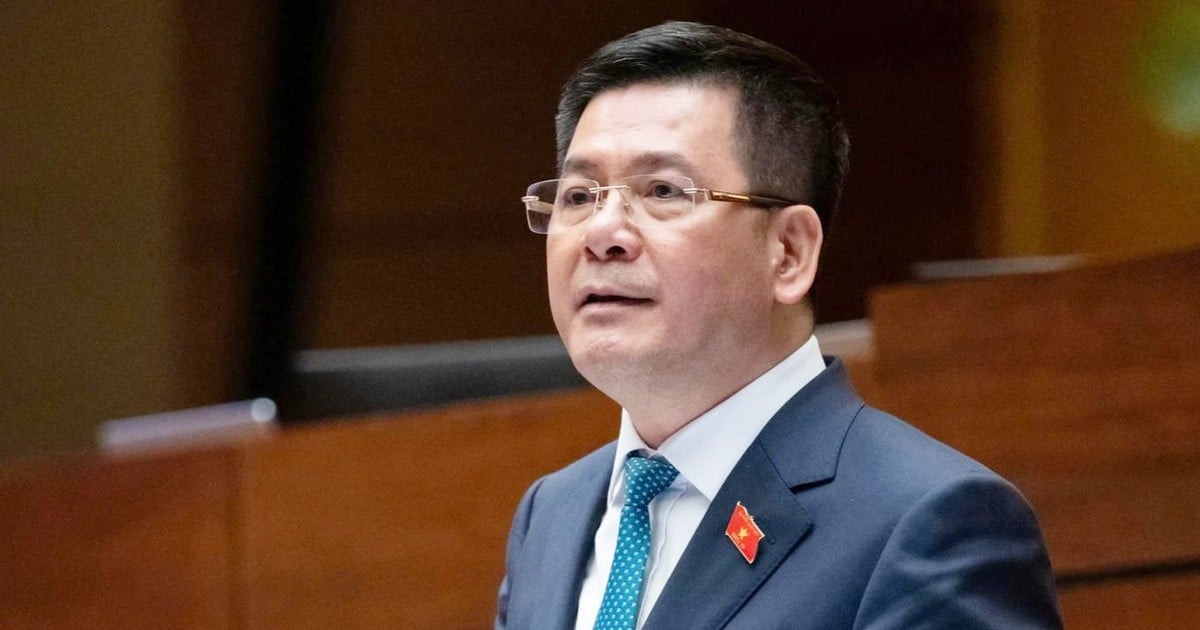
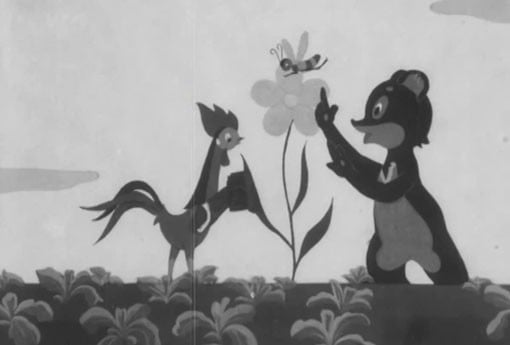
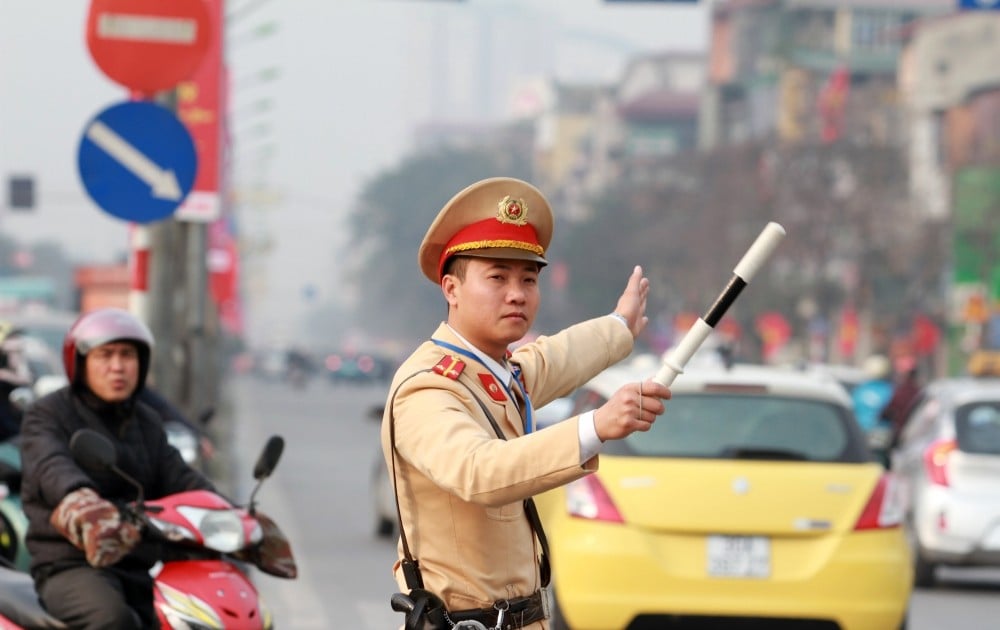
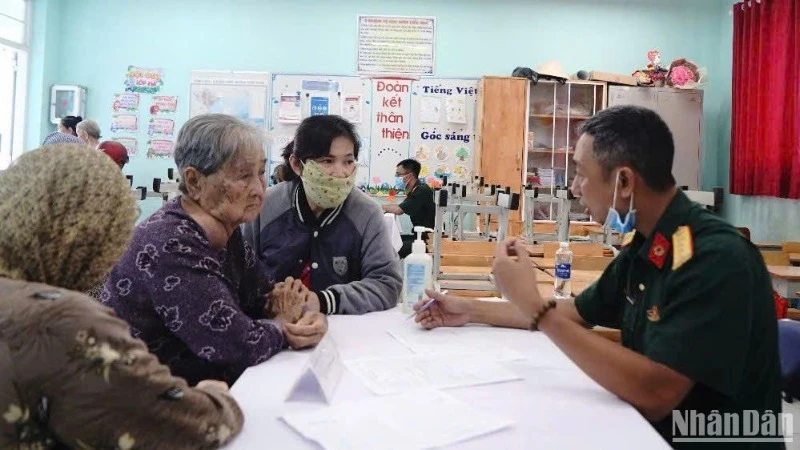
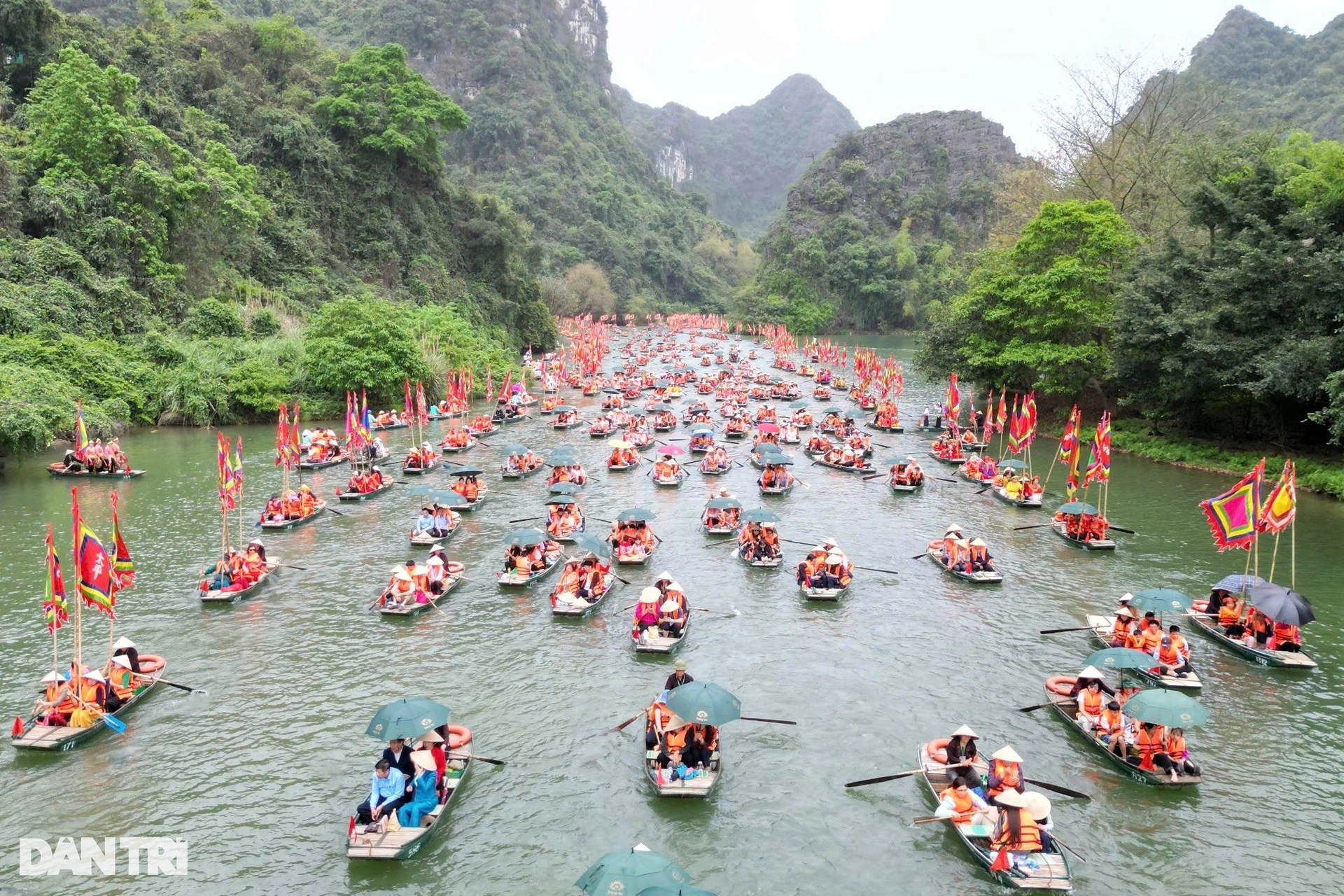











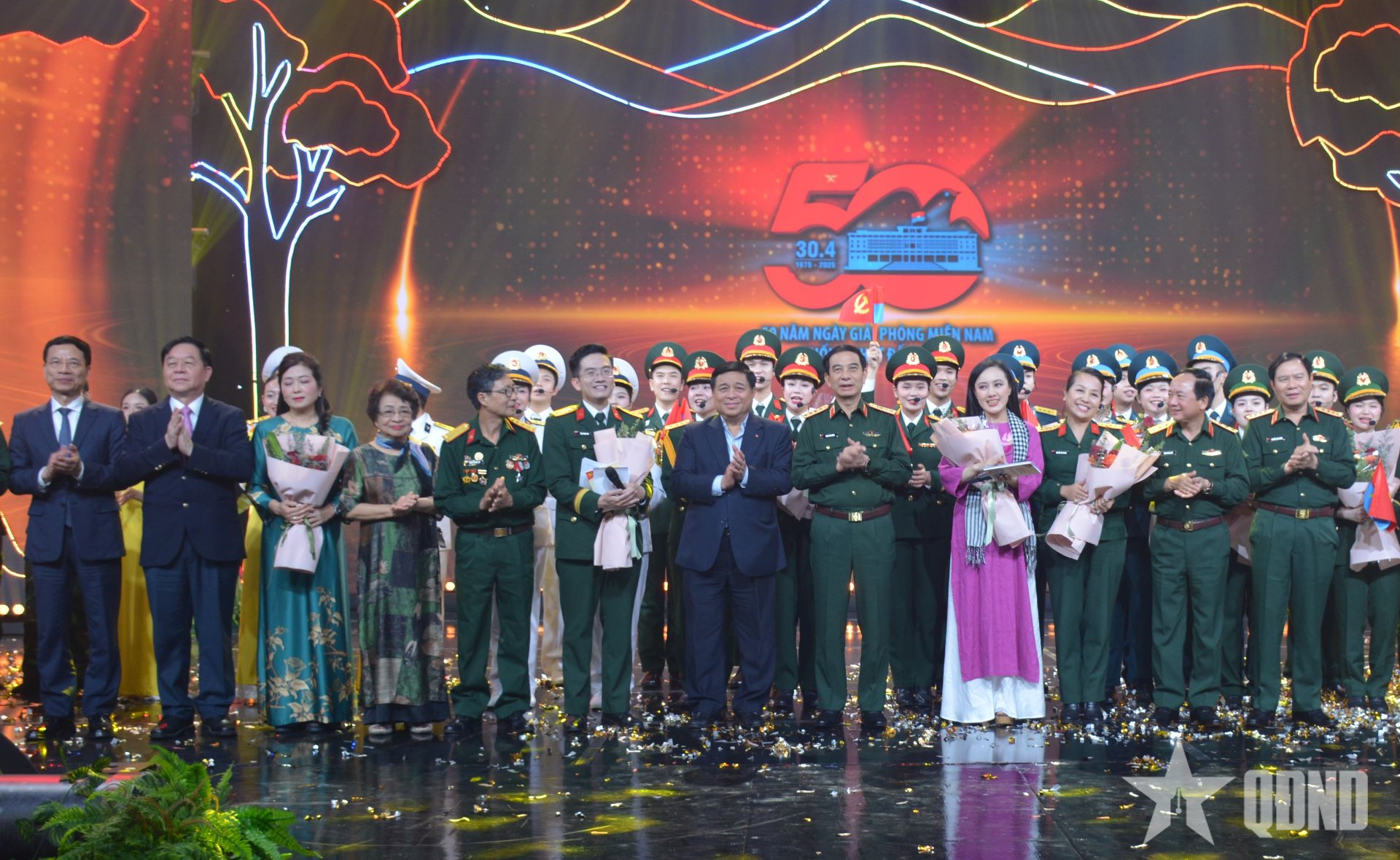

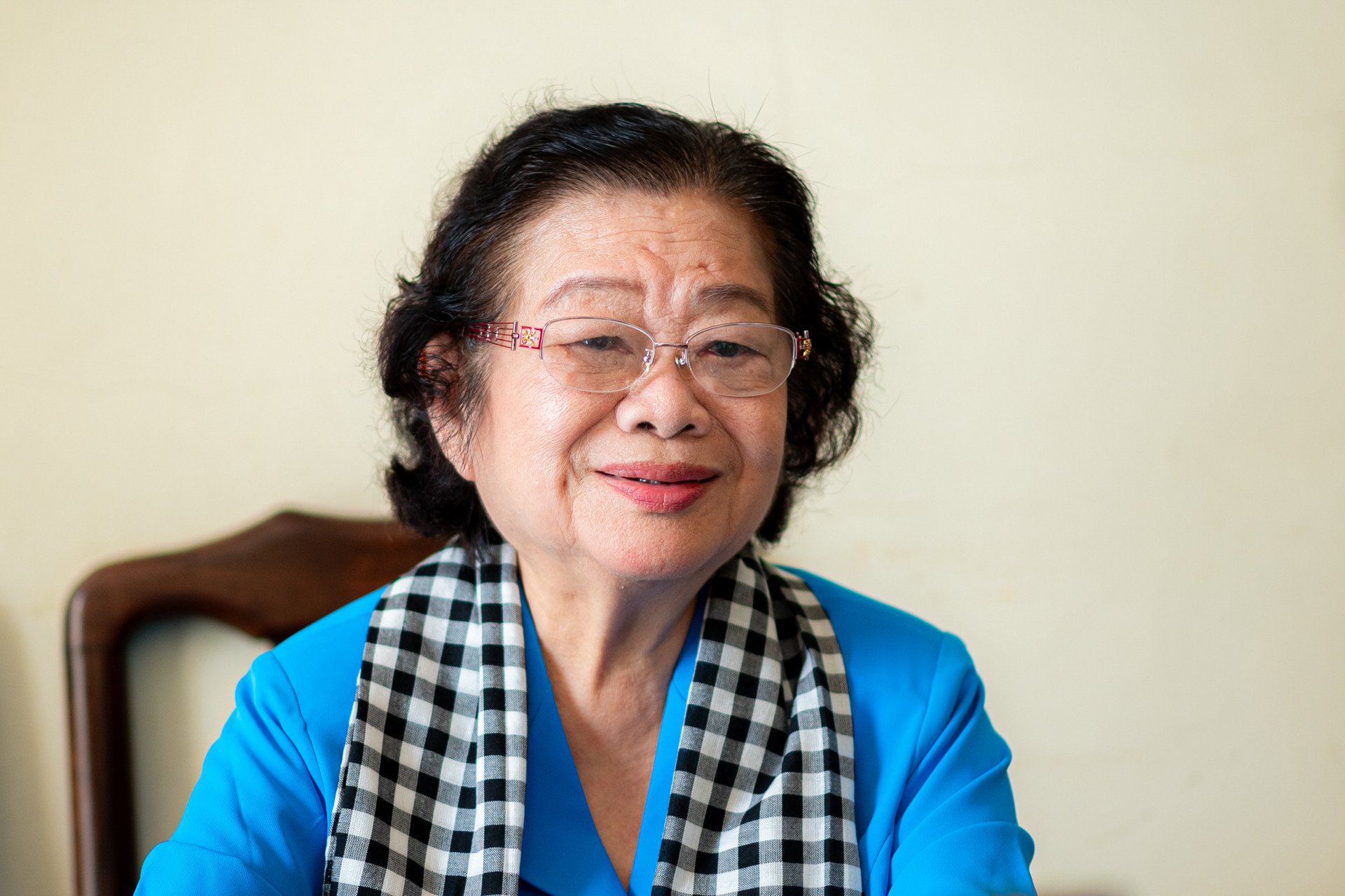

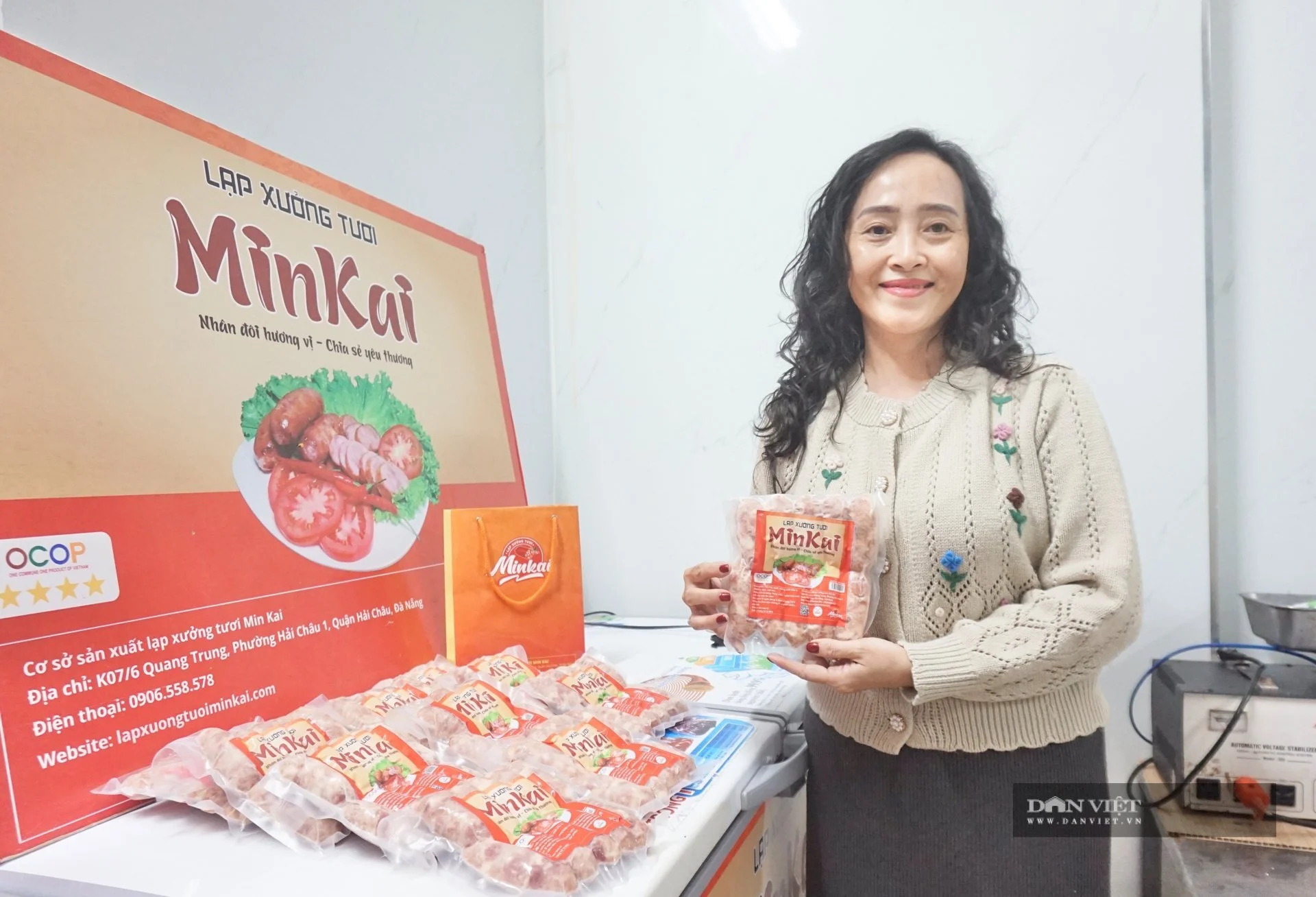

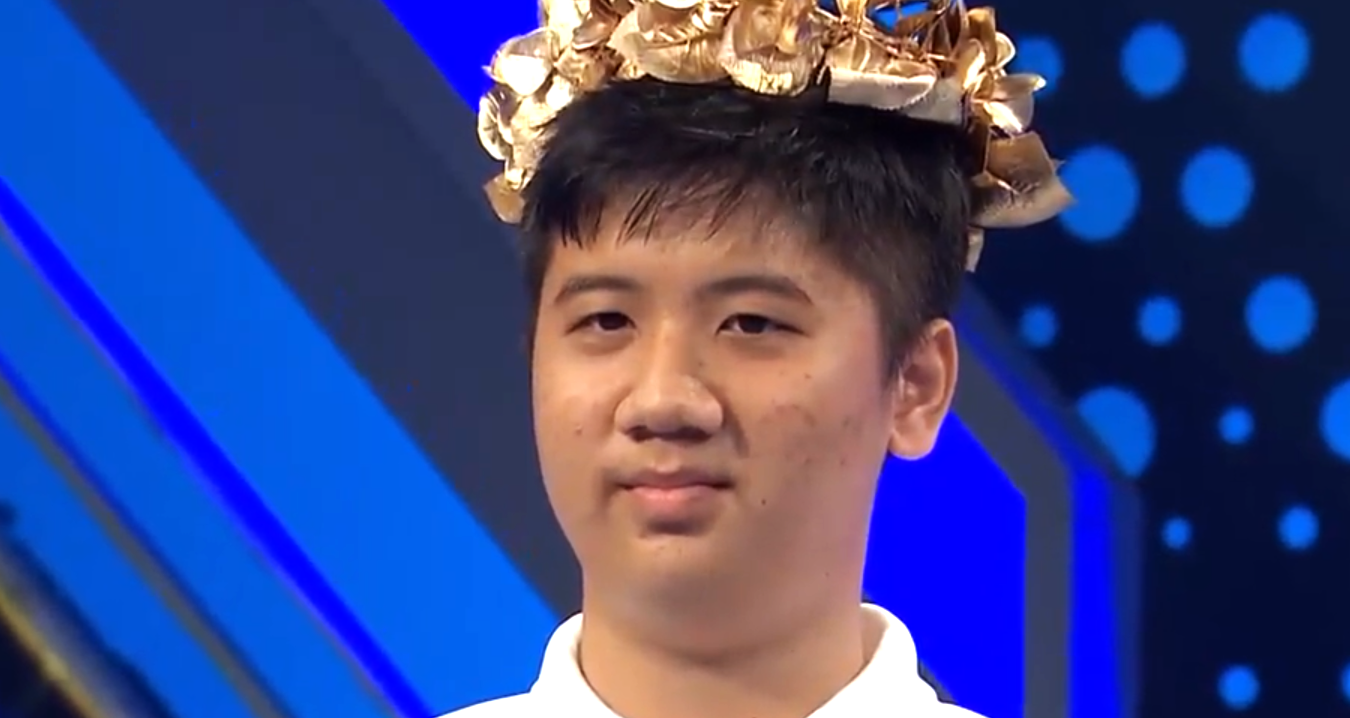













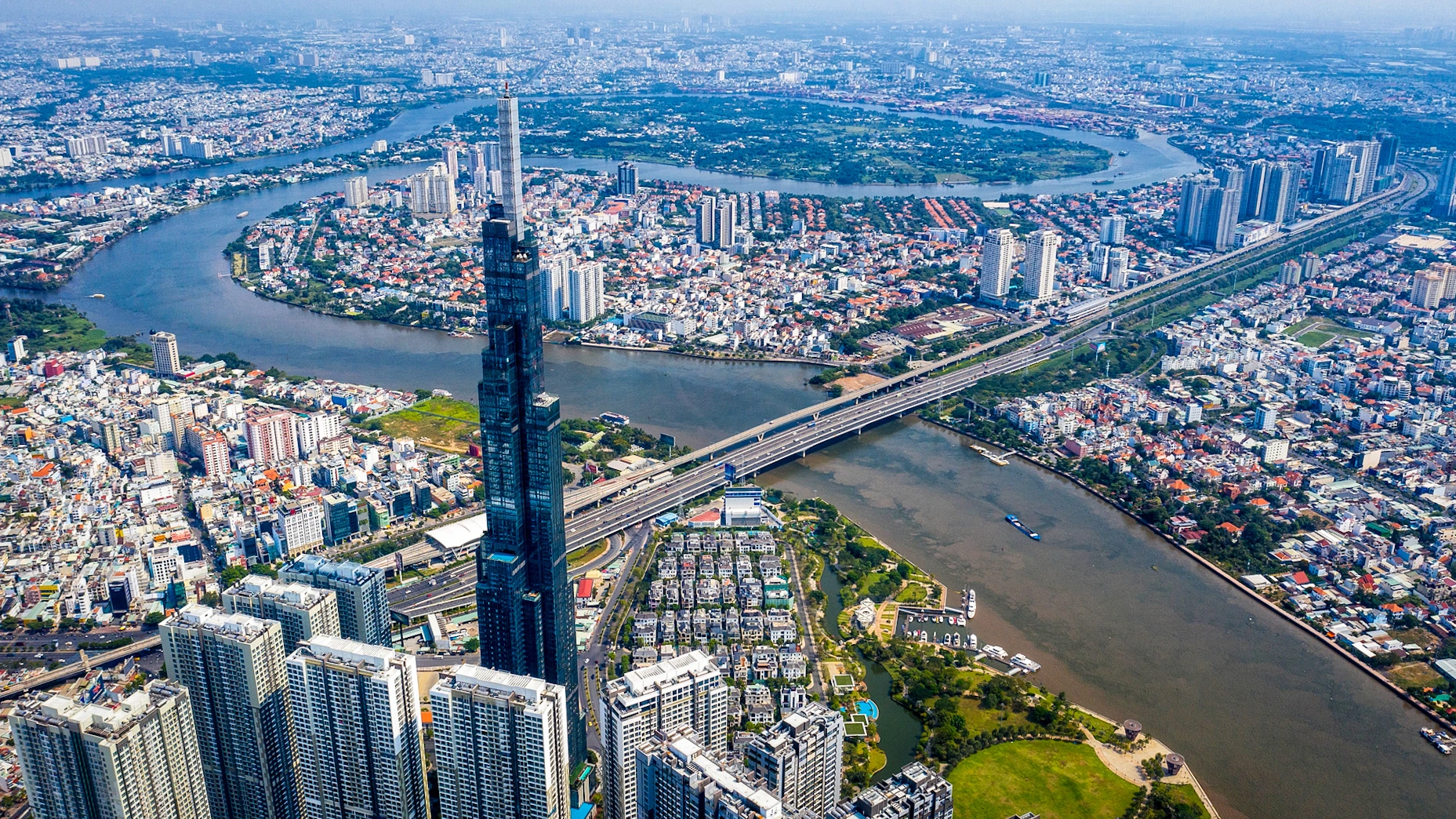





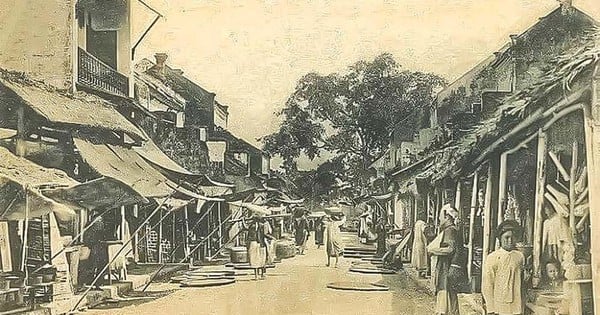

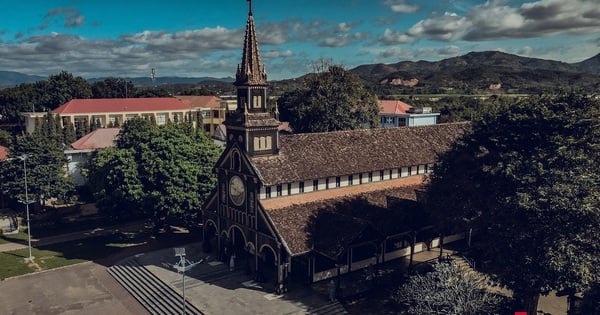

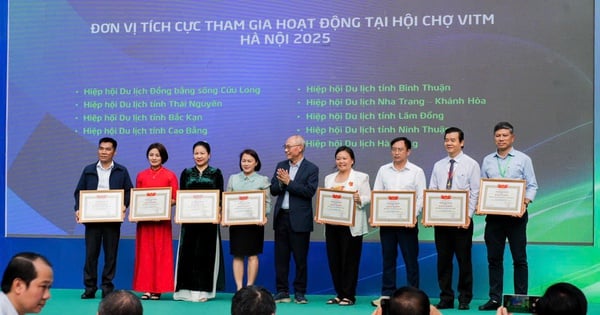





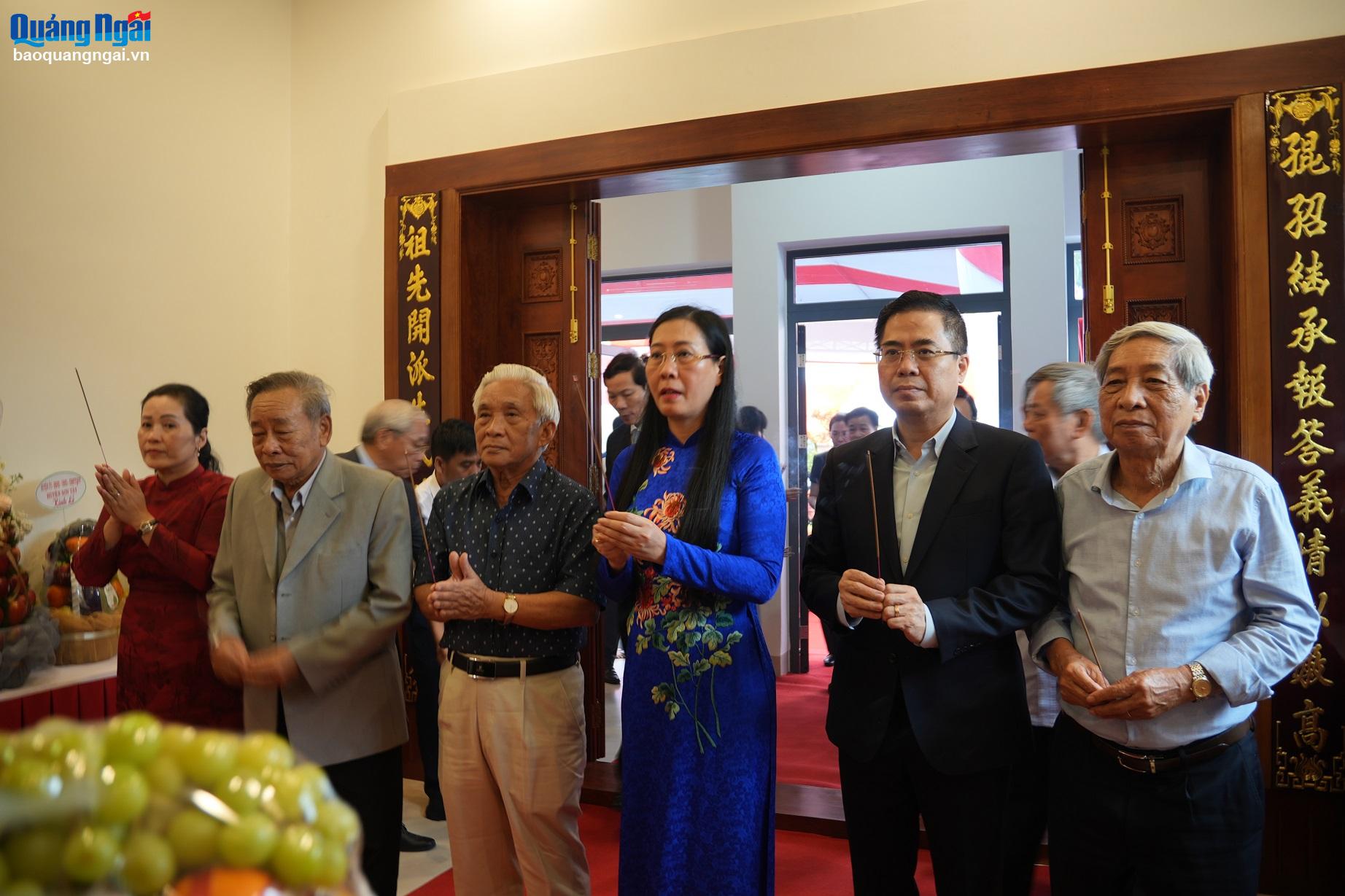
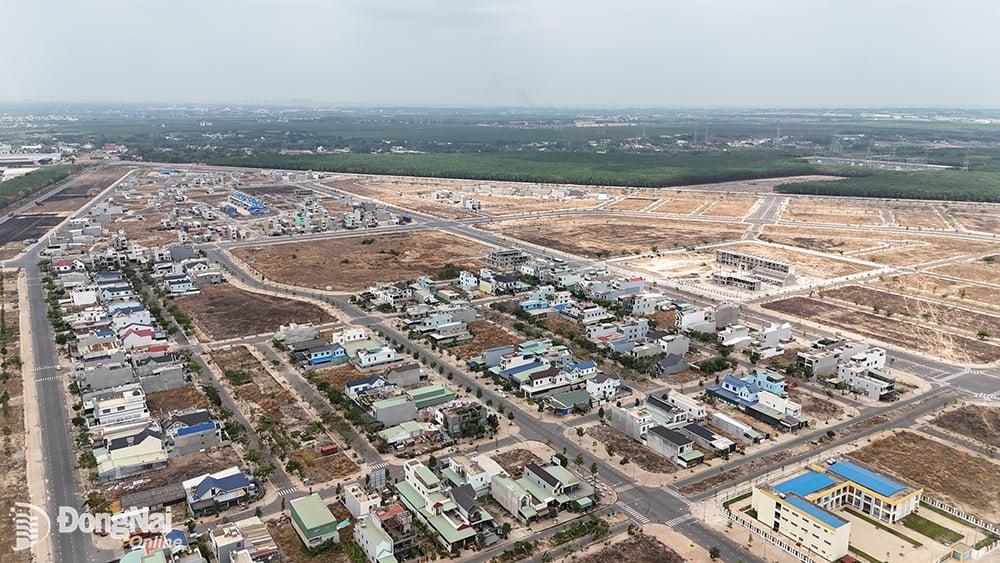

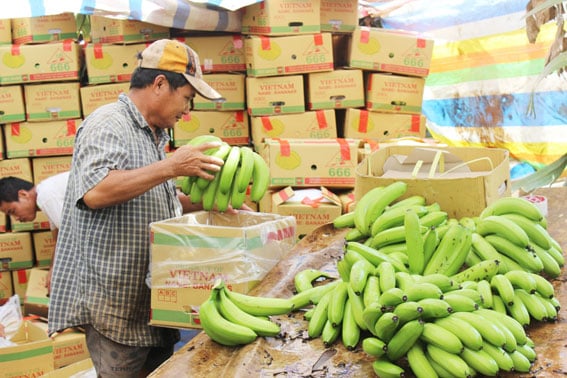
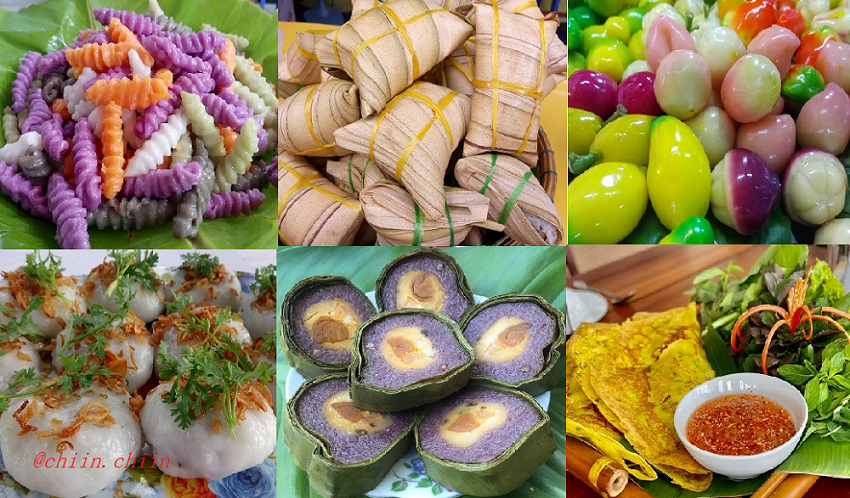












Comment (0)